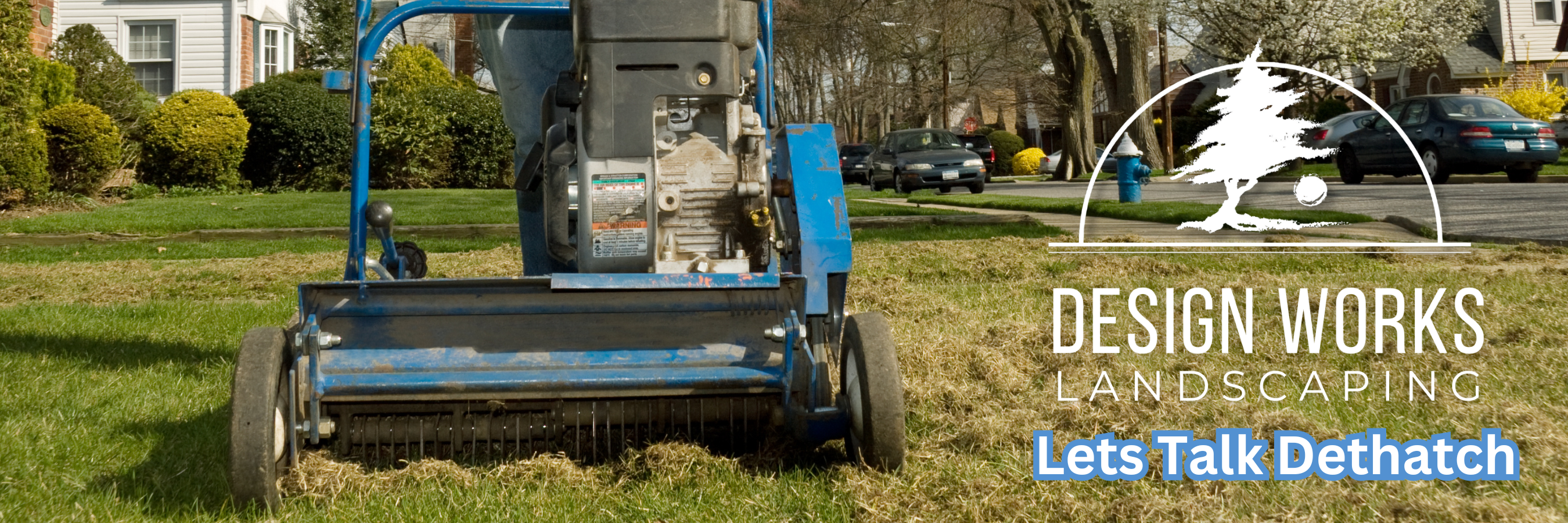What’s the buzz about “Going Green?” More than likely, you’ve seen the TV commercials about eco-friendly products, heard a speech from the President about climate change, etc. It’s everywhere! Whether you’re a skeptic or not some of the green trends can be fascinating at the very least.
Being a firm that specializes in Landscape Architecture and Construction, we proudly join the Landscape Architecture profession in designing for the future by developing healthy and innovative landscape garden spaces that enhance the environment and can save our clients some “green” simultaneously.
The following are a number of ways that we, as landscape professionals and home owners, can contribute to the green movement:
LEED
The United States Green Building Council’s (www.usgbc.org) LEED (Leadership in Energy and Environmental Design) rating system provides a way to verify that projects are achieving energy savings, water efficiency, stewardship of resources, etc. Although a LEED project is somewhat complex and typically found at the larger scale, LEED strategies can be implemented in private home landscapes to contribute to the practice of sustainable design.
In the Water Efficiency Component of the LEED-New Construction Rating system, the following credits are ones that even the average home owner can replicate.
Water Efficient Landscaping- Reduce by 50% or eliminate water use completely
Intent: Reduce potable water consumption in landscape irrigation
Strategy and Technique: Understand soil and climate to determine appropriate plant material for your site and implement native or adapted plants to reduce or eliminate irrigation requirements.
Innovative Wastewater Technologies
Intent: Reduce generation of wastewater and potable water demand while increasing the local aquifer recharge
Strategy and Technique: Use of water-conserving fixtures and collected rainwater for irrigation
How Design Works, LLC can help
Design Works, LLC demonstrates exemplary knowledge in native planting design, water wise irrigation and retains one LEED Accredited Professional.
Xeriscaping
Xeriscaping is a term used to describe quality landscaping that conserves water and protects the environment by reducing the amount of fertilizers and pesticides needed to maintain a healthy landscape. The general keys to xeriscaping are the following:
Planning and Design
The key to planning and design is to understand your site.
Natural Resources
By understanding topography, one is able to determine high and low points and natural ditches and swales which effects drainage. By utilizing natural water runoff and manipulating slopes, rainwater can be collected and naturally assist in irrigating plant material. Additionally, plants can be zoned according to similar water needs. Plant material that requires irrigation can be placed in proximity to buildings while no or low-use water plants can be planted at further distances and in shady areas to eliminate water usage all together.
Natural Forces
Evaluate average temperature extremes, precipitation, wind direction, and intensities, sun orientation, and frost pockets. These macro and microclimate conditions will ultimately affect the survivability of plants.
The Design
A xeriscape garden should be organized, dynamic, have multi-seasoned interest, economical, conserve water and be long lasting. A few things to consider in the design include:
- minimize/create practical turf areas
- create functional circulation patterns
- optimize drainage patterns
- harvest natural rain water
- plant plants with appropriate form and function.
Soils Analysis and Improvement
A good soil is defined as one that supports healthy plant life and also conserves moisture. Since Xeriscape design heavily promotes water conservation, the implementation of “good soil” can help us reach that goal. To improve upon existing soil, we can change two parts, its physical structure and/or its chemistry. By changing the physical structure of the soil, through loosening or compacting, certain nutrients, water, and air can be better distributed and retained. By making chemical changes, like altering the PH level and reducing salinity, soil can give plants the proper nutrients to thrive and the stability to compete with weeds.
Practical Turf Areas
Turf/Lawn areas are generally the highest users of water in the landscape therefore decisions regarding irrigation, soil preparation and types of turf grass are significant. Some options for practical turf areas include; 1) eliminating the lawn completely and replace with ground cover, 2) install turf and only rely on natural rainwater (understand that grass may turn brown and revive itself when replenished with water, 3) use an automatic sprinkler system to reduce water usage, 4) select the appropriate grass (a New England “cool season” grass is recommended and 5) adequately prepare grades for correct drainage (surface and subsurface) and add the appropriate soil amendments.
Appropriate Plant Selection
The main objective in plant selection is to carefully match the moisture requirements of plants to the best microclimate available in the present landscape. In most cases, if plants are carefully chosen and placed correctly in the landscape, they will rarely need water again after establishment. Natives are always the best choice, seeing as they are most adapted to thrive on the amount of rainfall given to them by nature. Natives are also less susceptible to diseases and pests.
Efficient Irrigation
Landscape irrigation in the Xeriscape garden should only be used to supplement rainfall when necessary to promote plant health generally during establishment or during prolonged drought thereafter. If water is needed, one can manually water with hose only when necessary, use drip irrigation and harvest water. The overall goal is to meet the water need of the plants without waste. Zoning plants appropriately according to water need can assist with this effort.
Mulching
Adding mulch enhances the plants water intake by minimizing evaporation. It also reduces the amount of weeds in a garden, which eliminates competition for water between the plants and the weeds. Use of organic mulch versus plastic or stone mulch with help eliminate the attraction of heat and dry soils.
Maintenance Plan
It is important to note that in the first growing season, the xeriscape landscape should be properly cared for with the proper pruning, watering, and fertilizing methods to promote healthy growth. Beyond the first growing season, watering and fertilizing will be reduced to minimal use and/ or only when necessary.
Principles in this blog related to Xeriscaping have been sourced from Xeriscape Gardening (Ellefson, Stephens, Welsh).





